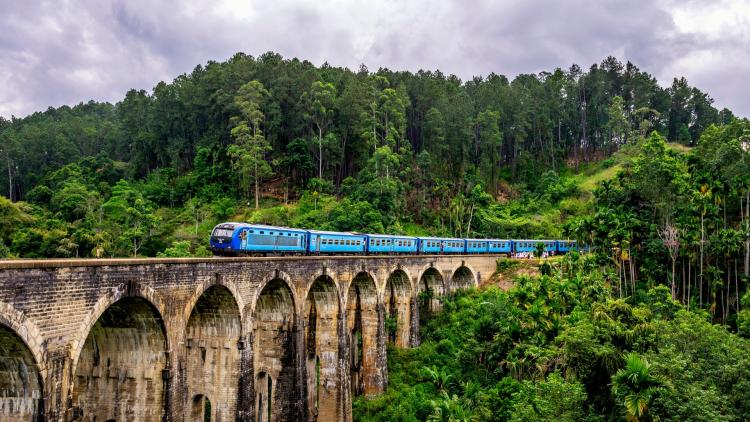Cinema and Society in South Asia: History and Social Context

Key information
- Status
- Module not running
- Module code
- 155906000
- FHEQ Level
- 5
- Credits
- 15
- Department
- South Asia Section
Module overview
This module offers students an introduction to a vital aspect of contemporary Indian culture. It is designed to give a coherent overview of the development of popular cinema within India, with an emphasis on Hindi films produced in Bombay. The module traces the development of cinema in India, beginning with an introduction to the study of Indian cinema, examining the silent era, the studio period, the ‘Golden Age’, the so-called ‘segmentation’ of cinema, the action cinema, and cinema in the recent media transformations and the emergence of 'Bollywood' and the importance of the diaspora/transnational audiences. Two lectures look more closely at the work of two major directors who transformed the Indian cinema, Raj Kapoor and Guru Dutt.
This module is available to students as an open option.
Objectives and learning outcomes of the module
On successful completion of this module a student will be expected to be able to:
- acquire a broad knowledge of the history of Bombay/Mumbai cinema since 1913
- consider these films critically from the perspective of film studies with reference to film and critical theory, and in terms of the historical and cultural context in which they have been created
- analyse the films looking at visual, aural and narrative concerns as well as locating them within Indian society
- engage with the films directly, and assess them in terms of essential readings from both secondary sources and theoretical texts
- practise these skills in the short essays before writing one long essay on a topic of their choice (in consultation with the convenor)
- discuss the films in class, and debate relevant topics with other students
Workload
This module will be taught over 10 weeks with a three hour film screening, a one-hour lecture and a one-hour seminar.
Scope and syllabus
- Introduction to Indian cinema: Devdas
- The beginnings of film: Kaagaz ke phool
- The 1940s and 50s: Junglee
- The 1960s: Bobby
- The 1970s: Dilwale dulhaniya le jayenge
- READING WEEK
- ESSAY PLANNING: LIBRARY AND LTU MEETINGS: Lage raho Munnabhai OR Rang de basanti
- The 1980s and 90s: Awaara
- The 00s: Shri 420
- ESSAY DUE: Raj Kapoor/Pyaasa
- Guru Dutt: Andaaz
The above list is subject to change but all of the key topics listed will be covered.
Method of assessment
A reaction paper of 500 words to be submitted on day 5, week 3, term 1 (10%); a reaction paper of 500 words to be submitted on day 5, week 5, term 1 (10%); a reaction paper of 500 words to be submitted on day 5, week 7, term 1 (10%); an essay of 3000 words to be submitted on day 1, week 10, term 1 (70%).
Suggested reading
- Barnouw, Erik and S. Krishnaswamy (1980) Indian film. 2nd edition, New York: Oxford University Press.
- Chakravarty, S.S. (1993) National identity in Indian popular cinema, 1947-1987. Austin: University of Texas Press.
- Dwyer, Rachel (2005) 100 Bollywood films. London: British Film Institute.
- Dwyer, Rachel (2014) Bollywood’s India: Hindi cinema as a guide to contemporary India. London and Chicago: Reaktion Books; Picture abhi baaki hai: Bollywood as a guide to modern India New Delhi: Hachette
- Dwyer, Rachel [2014] Bollywood. (Four Volumes). Routledge Major Works Collection: London: Routledge [publication Sept 2014]
- Ganti, Tejaswini (2013) Bollywood: a guidebook to popular Hindi cinema. London: Routledge.
- Gopal, Sangita and Moorti, Sujata (eds) (2008) Global Bollywood: travels of Hindi song and dance. Minneapolis: University of Minnesota Press. (The introduction is very useful.)
- Vasudevan, Ravi (2010) The melodramatic public: film form and spectatorship in Indian cinema. Ranikhet: Permanent Black.
Disclaimer
Important notice regarding changes to programmes and modules
